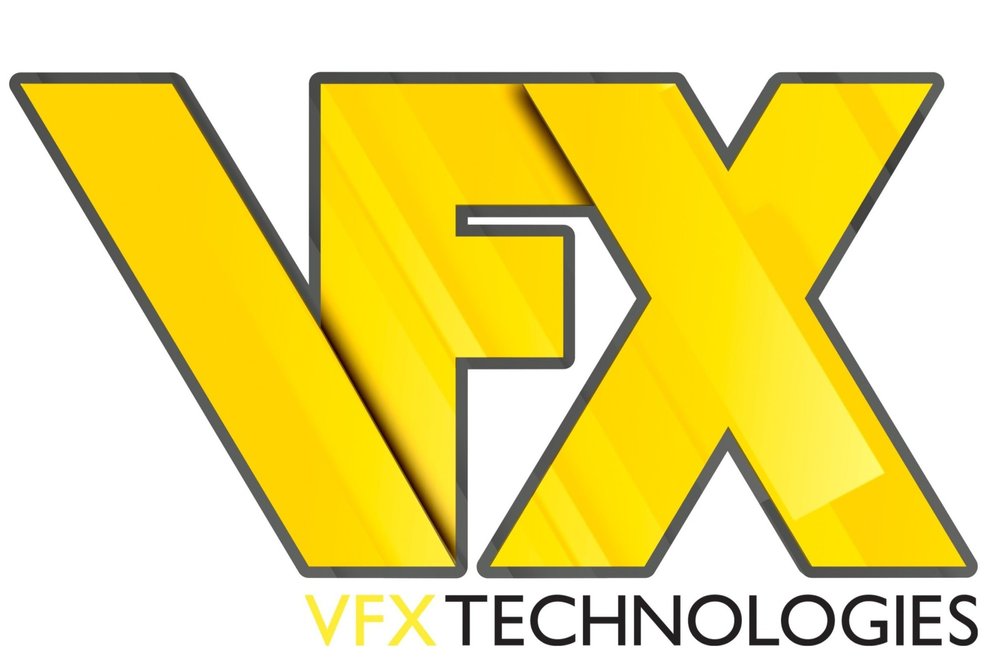Rendering using graphics cards is not new, but it is not widespread because it requires a change in established workflows. Autodesk Maya, for example, is widely used by visual effects artists and the rendering software for Maya is Mental Ray. Recently Mental Ray was updated, and it can now work with GPUs. NVIDIA purchased Mental Ray, and their latest version has GPU acceleration for GI-Next that can slash a one-hour render to a 5-minute coffee break.
This speed requires the combination of a high-end graphics card such as the NVIDIA M6000 and a Dual CPU, multi-core processors such as the HP Z workstations or Boxx Apexx line. CG artists using Autodesk Maya can tap NVIDIA’s GPU-accelerated renderer, Mental Ray, directly within Maya for free. You'll only need a Mental Ray license for production rendering.
Autodesk used to provide Mental Ray support to end-users, but NVIDIA has taken over that task. NVIDIA is supplying the latest Mental Ray and workflow enhancements to multiple Maya versions, starting with Maya 2016 and 2017 on Windows, Linux, and MacOS.
NVIDIA will “be serving end users directly” with their Mental Ray for Maya plug-in. The new plug-in will show results directly in the viewport, starting at low quality and increasing until the view changes.
By announcing GI-Next, NVIDIA says this will speed up global illumination in Mental Ray, and it will also reduce the number of options required to tune the results to just a single quality slider, making it easier for artists to pick up. One of their benchmarks shows a 26-fold increase in performance, most of that attributable to GPU acceleration.
Artists can use Mental Ray within Maya to craft scenes and render individual frames at any resolution, using any supported processor within a machine. NVIDIA Mental Ray is backward compatible for scenes from earlier Maya versions. It’s able to output .mi files to feed production pipelines. Autodesk 3D Max is also making use of Mental Ray, and it's GPU rendering capability.
To the delight of professional artists, GPUs are becoming more viable after years of CPU dominance. Recent trends suggest that this will only increase in the future. GPUs are increasing in speed, memory, and power efficiency. Having graphics cards handle with image processing while the CPUs manage the workstations resources results in a faster and smoother workflow. With a computer properly configured to handle your project, you may be able to get home in time to relax and watch a few TV shows featuring some cool visual effects.
My company, VFX Technologies, can provide these GPU enabled workstations to you for rent, to keep your expenses down. We can also build, configure, and sell your company the optimal system to increase efficiency and lower operating costs.
- Jim Reisman



